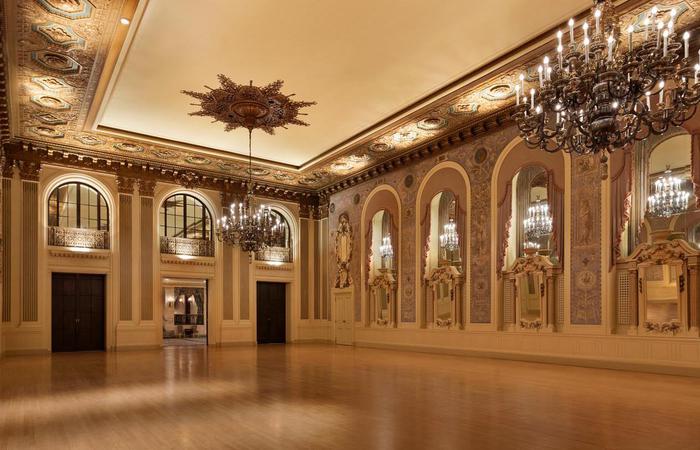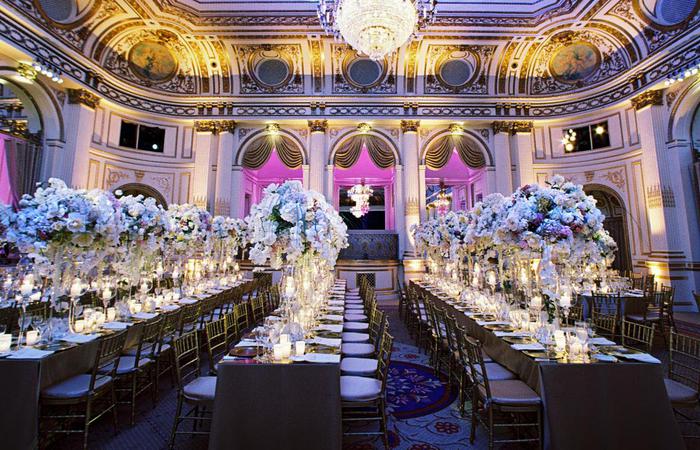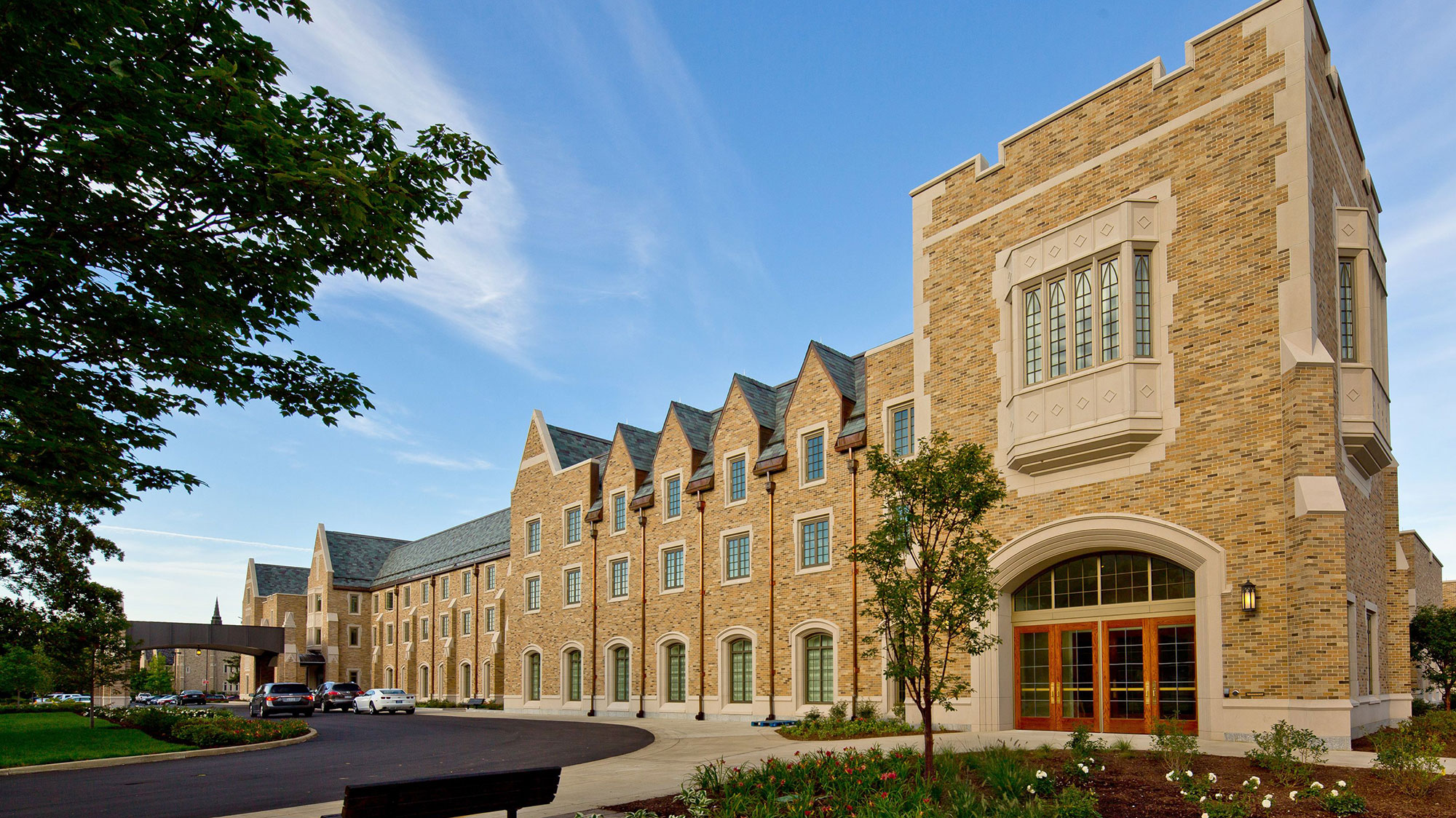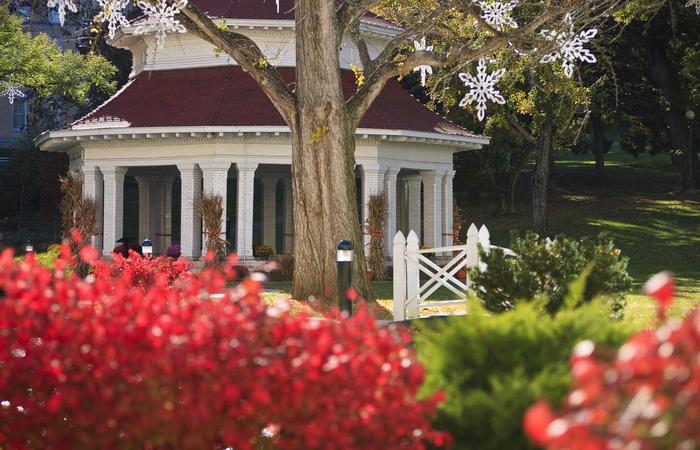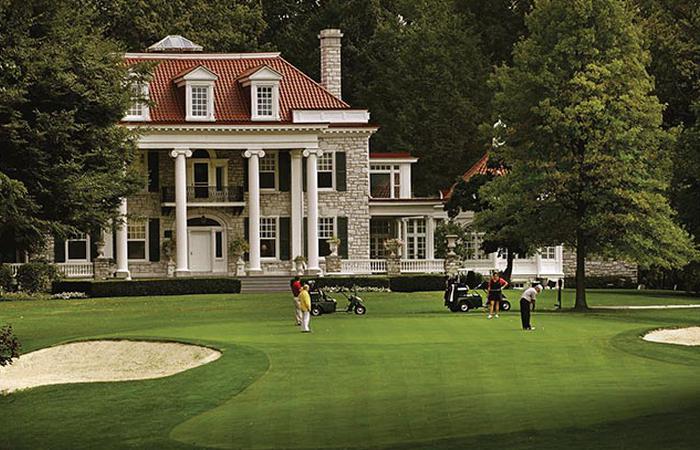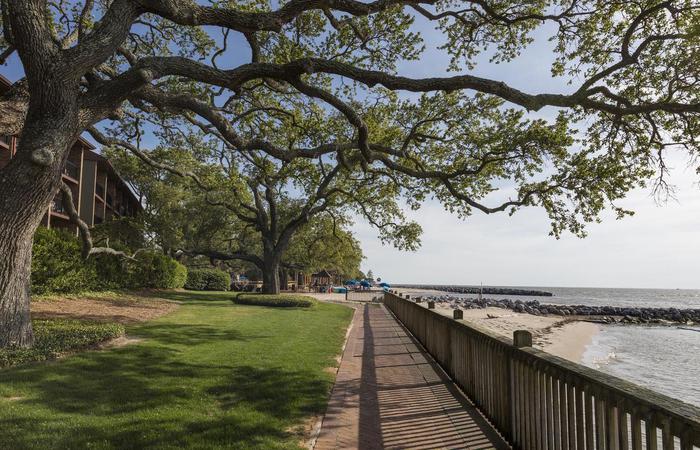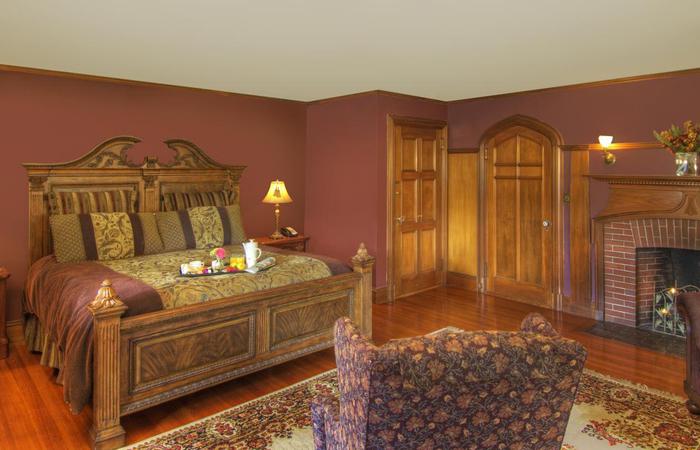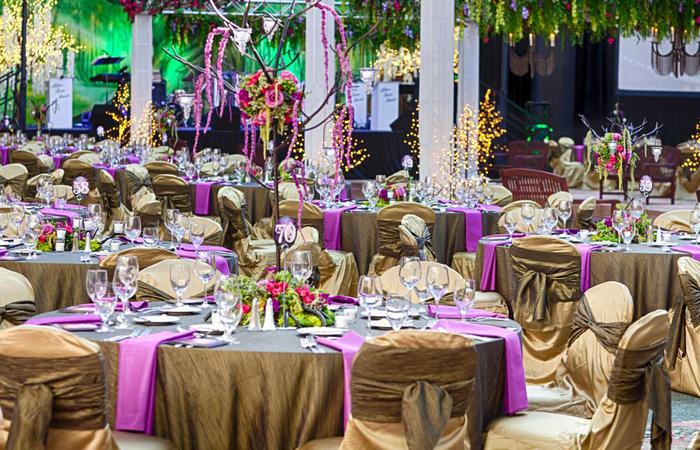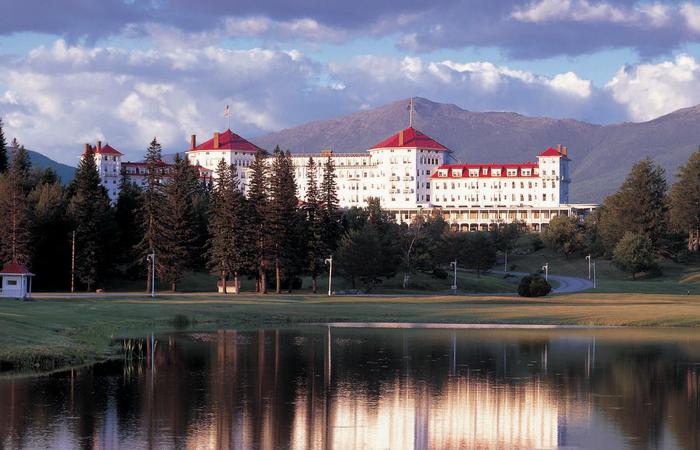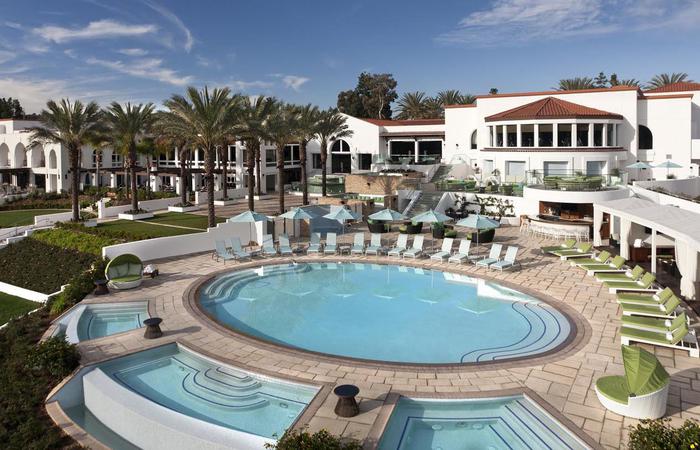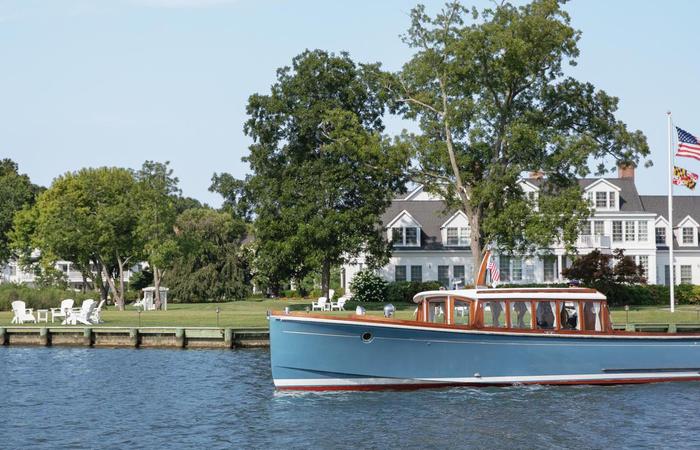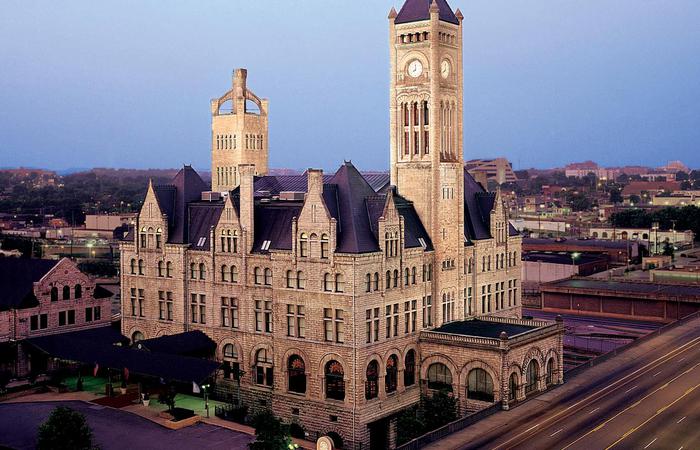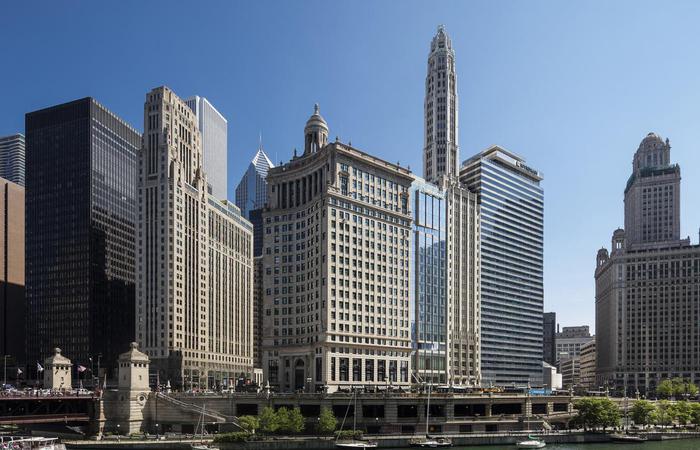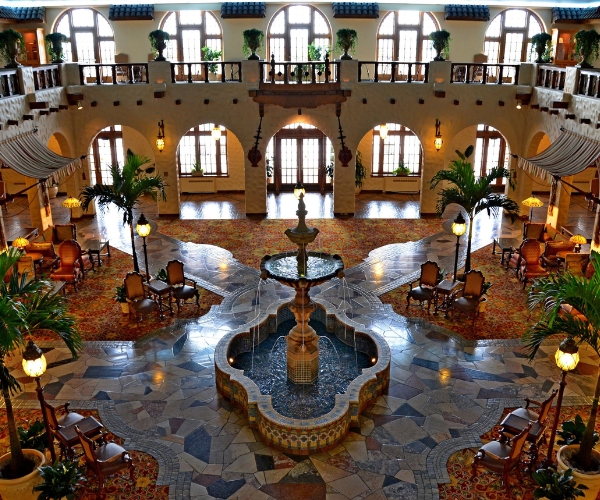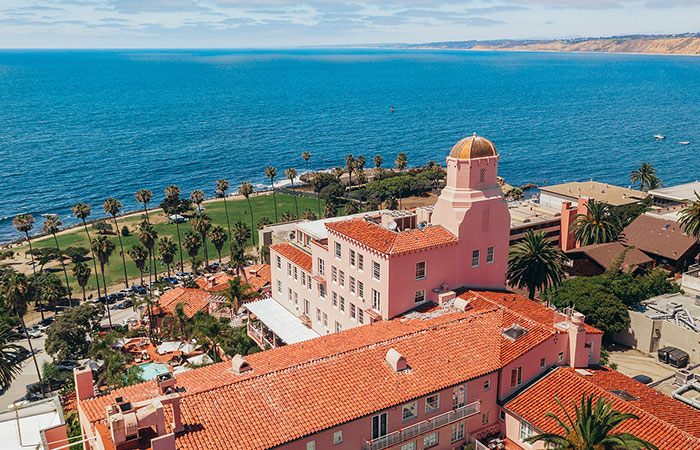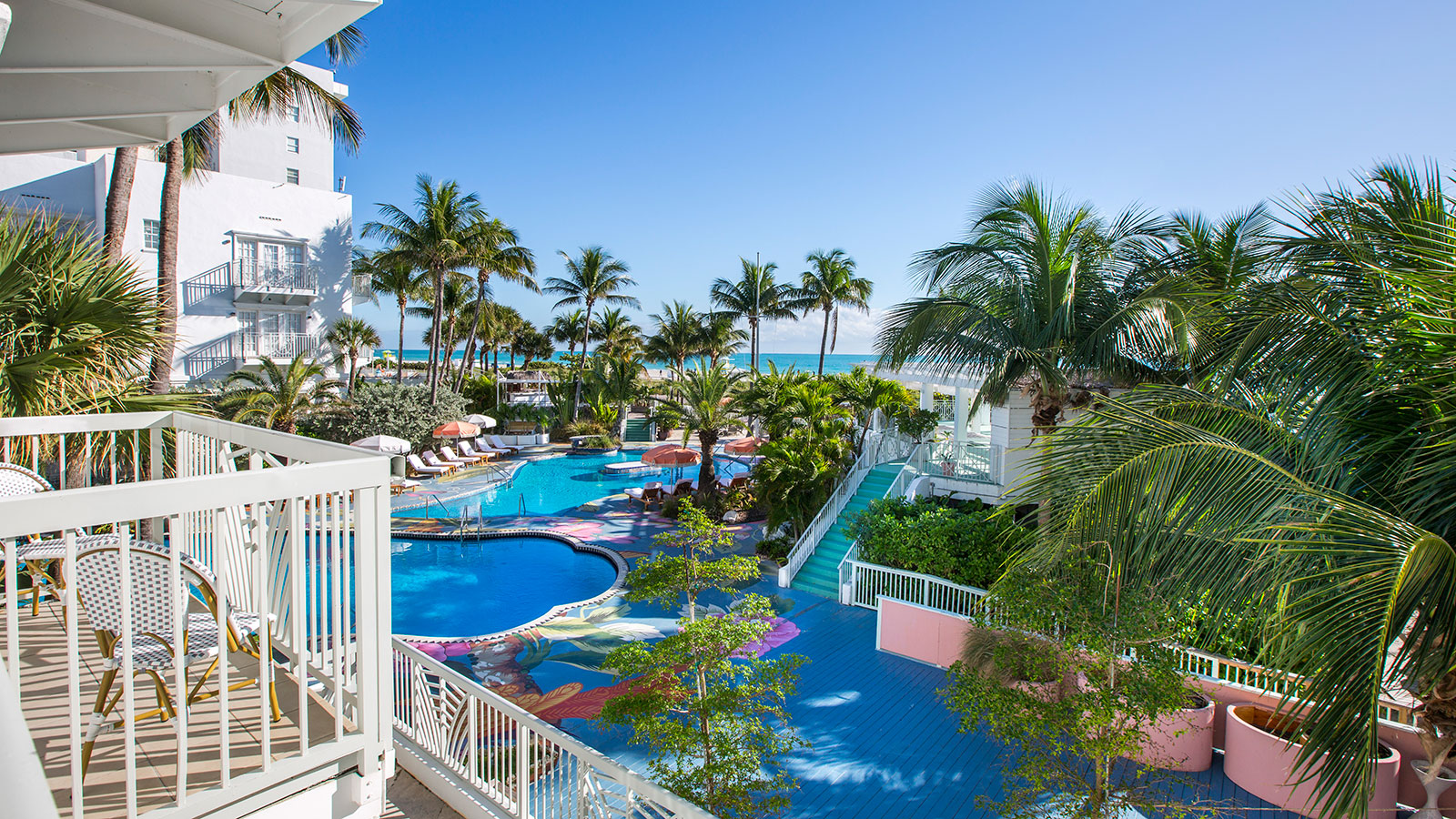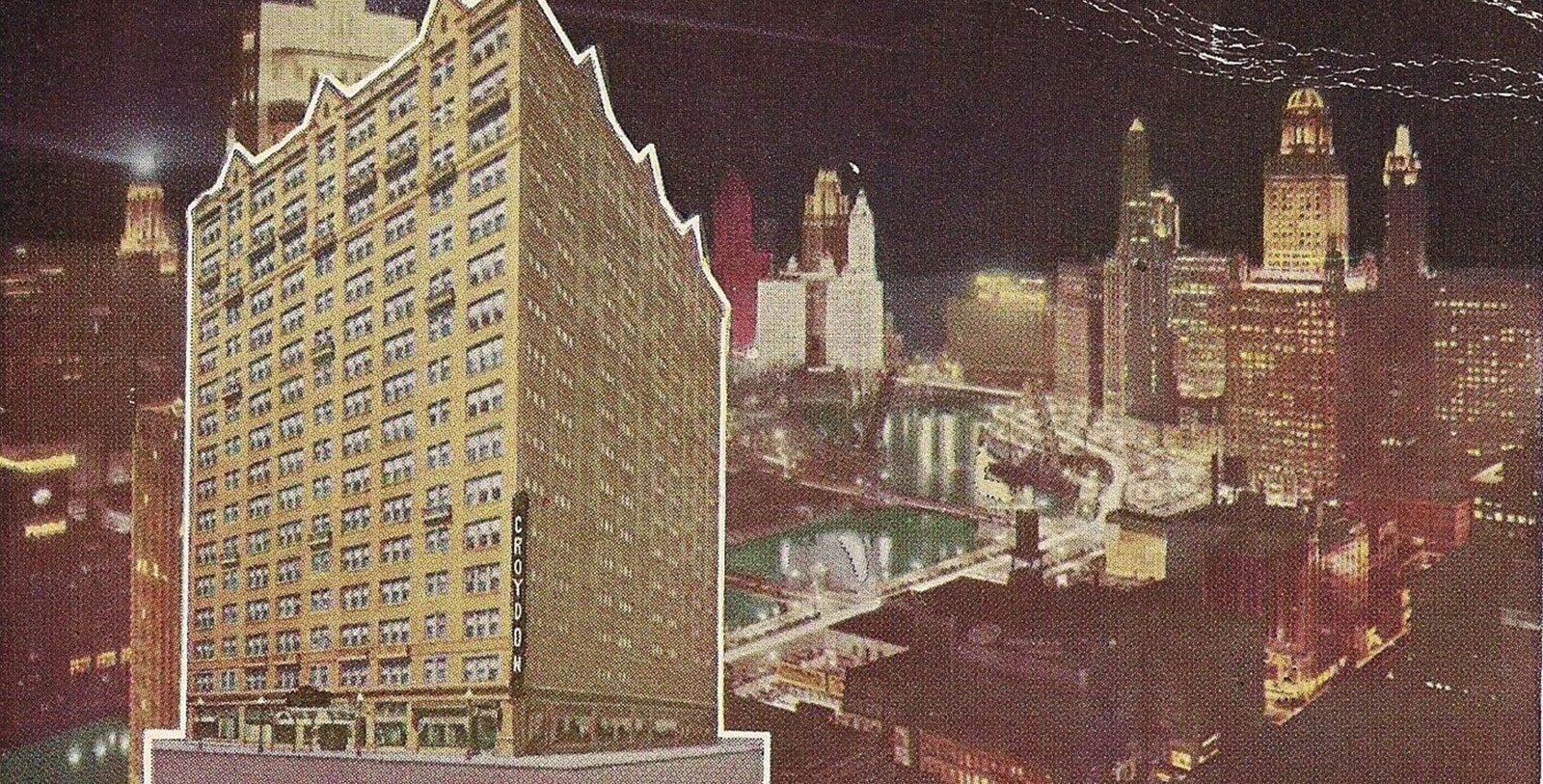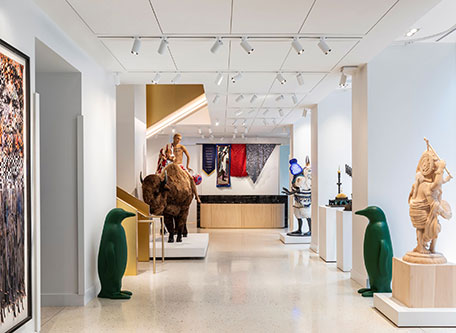Receive for Free - Discover & Explore eNewsletter monthly with advance notice of special offers, packages, and insider savings from 10% - 30% off Best Available Rates at selected hotels.
history
Discover the 21c Museum Hotel Chicago by MGallery, which once rose to fame as the renowned "Croydon Hotel."
21c Museum Hotel Chicago by MGallery, a member of Historic Hotels of America since 2021, dates back to 1927.
VIEW TIMELINEThe 21c Museum Hotel Chicago by MGallery is one of the most outstanding holiday destinations in the brilliant River North neighborhood. Displaying some of the finest elements of Tudor Revival architecture in the whole city, this amazing historic hotel first opened at the height of the Roaring Twenties. A few aspiring hoteliers decided to construct the edifice upon a plot of land at the corner of Rush and Ontario streets, which had once served as the site of a stone mansion inhabited by a former colleague of President Abraham Lincoln, Judge Mark Skinner. They subsequently hired a noted local architect named Edmund J. Meles to spearhead the work, whose specialty involved designing grand hotels for both short-term and long-term stays. (Some of his buildings are even listed on the U.S. National Register of Historic Places today.) With the help of several engineers employed by the Robert W. Hunt Company, Meles developed a spectacular retreat that used the best building materials available at the time. Craftsmen under the supervision of Adolph Lindstrom labored meticulously for hours on end to finish the structure, spending weeks carefully sculpting its great architectural details. Perhaps the skyscraper’s most stunning features were the durable steel beams and reinforced concrete that the team had utilized to create its skeleton. In all, the project proved to be a massive undertaking, costing the ownership group some $2.5 million to complete.
Debuting in 1927, the business was well-received all over Chicago. Newspaper articles and advertisements waxed poetically about its stunning facilities, referencing such amenities like the 500 luxurious “Murphy In-a-Dor Beds” that were present inside every guestroom. While the location would soon build a reputation as the “Croydon Hotel,” it actually first opened as the “McCormick Hotel.” The owners had opted for the original moniker as a tribute to the prominent McCormick family, who had risen to power in the city via the wealth they accumulated through their prosperous McCormick Harvesting Machine Company. In fact, many McCormicks once lived just two blocks up the road, and one of its scions, Leander McCormick, had even opened a lavish hotel right next door. (Known as the “Virginia Hotel,” it was eventually demolished in the 1930s.) Nevertheless, the Croydon Hotel became a well-known gathering spot for popular vaudeville and big band performers, many of whom often haunted the building’s famous bar, the “Circle Lounge.” Both noted pianist Oscar Peterson and trumpeter Harry James played for hours inside the space, with James even proposing to Betty Grable atop one of its bar stools. Other notable residents of the hotel included professional hockey goalie Lorne Chabot and jazz front man Chuck Foster.
The Croydon Hotel’s success was not destined to last forever, though, as it entered a prolonged state decline after World War II. Over time, newer boutique hotels opened in the vicinity, thus, significantly diluting interest with the business. Having struggled to stay afloat, the Croydon Hotel was a shadow of its former self by the end of the 1970s. Slated for demolition, the site was ultimately saved in 1984, when the Hayman Company invested some $20 million into its complete restoration. It subsequently spent the next year thoroughly rehabilitating it into another upscale boutique hotel called the “Lenox House.” The erstwhile Croydon Hotel remained the “Lenox House” for the next several years, until the Denihan Hospitality Group bought the location during the mid-2000s. It also oversaw its own renovation before finally relaunching the business as the “James Hotel Chicago” in 2006. But Denihan Hospitality would eventually reach an agreement with AccorHotels to sell the destination a decade later. Accor then began a final period of construction that saw the building’s integration into its fabulous 21c Museum Hotels brand. Now operating as the “21c Museum Hotel Chicago by MGallery,” the future of this historic boutique hotel has never looked brighter.
-
About the Location +
The 21c Museum Hotel Chicago by MGallery is in the middle of the River North neighborhood. Located just to the north of The Loop, River North is currently home to countless upscale storefronts, restaurants, and housing complexes. In fact, the district has the highest concentration of art galleries in the United States outside of Manhattan. But River North has not always been a celebrated holiday destination. Indeed, the area was once part of Chicago’s historic manufacturing center. In the aftermath of the Great Chicago Fire of 1871, dozens of enterprising businesspeople began to construct factories all over River North. Wharves and warehouses also quickly dotted the landscape, designed to service the many new plants that had since opened. Additionally, high-rise apartment buildings filled the remaining lots, as people from across the world rushed into Chicago for work at the factories. Soon enough, River North’s skyline resembled that of a modern city. Still, the changes to the neighborhood were not all positive. By the end of the 19th century, many Chicagoans spoke of the billowing clouds of industrial waste that engulfed most of River North. Natives, thus, took to calling River North “Smokey Hallow” for some time.
Nevertheless, many influential individuals called River North home, despite the presence of heavy industrial operations nearby. Even before River North’s Gilded Age transformation, it had once been the residence for such noteworthy Chicagoans like Judge Mark Skinner, journalist Joseph Medill, and even Chicago’s first mayor, William Butler Ogden. Another prominent resident was Cyrus Hall McCormick. Settling in Chicago in the late 1840s, he had constructed one of the city’s first factories, the “McCormick Harvesting Machine Company.” McCormick himself was a prominent inventor who created the mechanical reaper, which he produced in large quantities at the plant. Unfortunately for McCormick, though, the factory burnt down in the early 1870s. Undeterred, he constructed a brilliant new factory in River North, just down the road from his manor on East Ontario Street. Finished in 1902, it subsequently became the prosperous “International Harvester Company.” The mechanical reaper (and its updated iterations) proved to be immensely popular, making McCormick and his family incredibly rich. The McCormicks took their newfound wealth to construct numerous dwellings all over River North, becoming synonymous with the neighborhood in the process.
The character of River North had started to change somewhat during the Roaring Twenties, as industrialists began closing their factories across the vicinity. The onset of the Great Depression only exacerbated this trend. Over time, many of the factories and apartment buildings disappeared in favor of grander warehouses, giving River North a new identity as a commercial transportation hub. But another important industry appeared in the wake of the economic calamity—retail. Perhaps the greatest testimony to River North’s emergence as a top shopping destination was the debut of the gorgeous Merchandise Mart in the early 1930s. Originally owned by the Marshall Field & Co., it measured as the largest building in the world when it finally debuted. Inside, the Marshall Field & Co. introduced thousands of shoppers to an unprecedented amount of wholesale goods via the building’s sprawling showrooms. The Merchandise Mart also had many other spectacular amenities, including visitor lounges, telegraph offices, and even a barbershop.
In the early 1970s, a land developer named Albert Friedman decided to completely rehabilitate the River North neighborhood. Specifically in 1974, the real estate mogul bought several dozen commercial properties throughout the area and began renting them out for use as boutique department stores and office spaces. He also helped sponsor the renovation of many skyscrapers across River North, granting the neighborhood much of its current appearance. Since the completion of Freidman’s construction projects, River North has continued to grow into one of Chicago’s most luxurious districts. It currently enjoys a reputation for revelry, as it is often associated with Chicago’s exciting nightlife. River North’s prestigious character has even gotten it included in several modern films, such as The Untouchables and Christopher Nolan’s Dark Knight Trilogy. The neighborhood is also the location of many fascinating cultural attractions, like the Tribune Tower, the Chicago Water Tower, and the Richard H. Driehaus Museum. The Merchandise Mart remains active, too, hosting over 20,000 visitors per day every year.
-
About the Architecture +
When architect Edmund J. Meles began designing what would become the 21c Museum Hotel Chicago a century ago, he used Tudor Revival-style architecture as the source of his inspiration. Tudor Revival architecture is normally best defined as an eclectic mixture of late medieval building traditions that influenced the appearance of English villages during the Middle Ages. The form specifically attempted to emulate the historical character of the feudal cottage that once dominated England’s landscape. The name “Tudor” is somewhat of a misnomer, though, for the design aesthetic does not borrow any of its principles from buildings constructed during the reign of the 16th century Tudor monarchs. Tudor Revival style first became prevalent in the United Kingdom at the beginning of the 20th century, when architects were exploring alternative ways to connect better with the past. Tudor Revival was specifically applied to residential homes, although some commercial structures—like hotels—also bore the unique appearance. It then jumped across the Atlantic to the United States, where it was second only in popularity to Colonial Revival architecture. Architects at the time had been motivated by the various revivalist movements spawned from the World’s Fair of 1893—known as the “Columbian Exposition”—which encouraged artists and intellectuals to embrace romanticized versions of history.
Buildings constructed with Tudor Revival-style architecture were typically identified by their half-timbering. In essence, “half-timbering” is the practice of constructing a series of interlocking load-bearing timber frames that were then filled with some kind of plaster mold. As such, the architects left the frame exposed, creating a visibly distinctive appearance. Another common characteristic of Tudor Revival-themed buildings was the presence of a steeply pitched roof that usually featured heavy shingles. This area of the structure was often lined with overhanging gables, as well as eaves and diamond-shaped casement windows. In many cases, the architects endeavored to make the roof appear as if it had been thatched. Stone chimneys also protruded from the roof, conveying rich details. A wonderful, round arched doorway guided guests into the interior, too, which featured an irregular floor plan. The use of such a layout was normal inside late medieval English homes, as it usually took several generations to build. Modern architects hence attempted to capture that ambiance whenever they set about creating the blueprints for Tudor Revival-style buildings. Today, Tudor Revival-style architecture is cherished for its ability to ensconce its tenants with a charmingly tranquil atmosphere.
More recently in 2018, an architectural team led by Deborah Berke Partners and GREC Architects of Chicago completed a series of outstanding renovations to the 21c Museum Hotel Chicago by MGallery. Together, they spent months designing a destination that would suit the contemporary traveler. Capitalizing on the building’s open, natural light-filled spaces, the team fully revitalized the historic lobby. Among the outstanding features the team created was a grand staircase that ascended straight to the new exhibition and event rooms. Grand floor-to-ceiling windows proliferated throughout the lobby, as well, while the structure’s original architectural details received a much-needed facelift. Contemporary artwork was also installed in all the public areas in keeping with the 21c Museum Hotels’ perspective that culture and heritage are closely connected.
-
Famous Historic Guests +
Betty Grable, actress known for her roles in such films like Mother Wore Tights and How to Marry a Millionaire.
Harry James, big band leader known for working alongside the likes of Frank Sinatra, Benny Goodman, and Louie Bellson.
Joel Grey, actor best known for his role in the Broadway play Cabaret, as well as its 1972 film adaptation.
Marvin Hamlisch, composer and conductor who won the rare combination of Emmy, Grammy, Oscar and Tony awards.
Oscar Peterson, jazz pianist and composer who won seven Grammy awards throughout his lifetime.
Lorne Chabot, hockey goalie who won the Stanley Cup with the New York Rangers and Toronto Maple Leafs.
Chuck Foster, jazz front man active in the first half of the 20th century.
-
Art Collection +
As the newest addition to North America’s only multi-venue museum dedicated to collecting and exhibiting contemporary art, the 21c Museum Hotel Chicago by MGallery offers more than 10,000 sq. ft. of exhibition space. The rooms feature rotating solo and group exhibitions, site-specific installations, and a full roster of cultural programming curated by Museum Director and Chief Curator Alice Gray Stites. Specially commissioned site-specific artwork includes Wallworks by Chicago-based, internationally recognized Chicago artists, Nick Cave and Bob Faust. Working inside the elevator lobbies of the building, Cave and Faust conceived of each landing as part of a memorable portal system. Installed on floors two through 17, each is a diptych of two complimentary patterns that are designed from individual detail photos from Cave's iconic Soundsuits and Tondos. Every photo was chosen for formal reasons, such as color and composition, but also to showcase the variety of materials Cave used throughout his work. Among the materials featured are synthetic hair, sequined fabric, buttons, wire, and vintage toile. The patterns themselves are designed to convey the performative aspects of Cave’s practice, which are difficult to capture in still photography.


